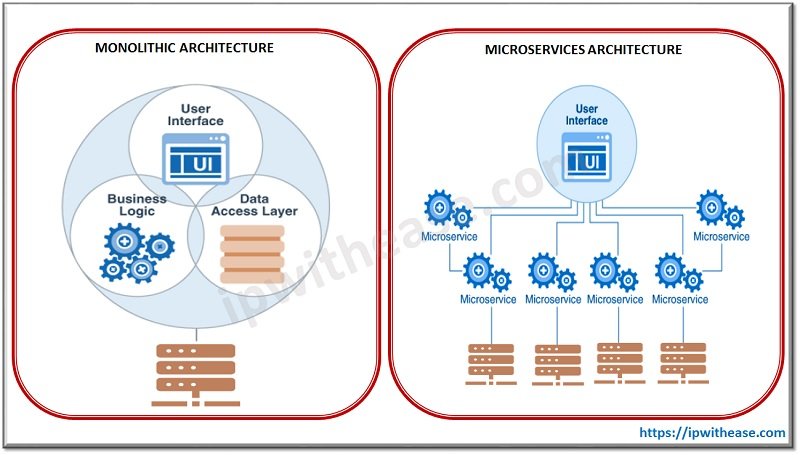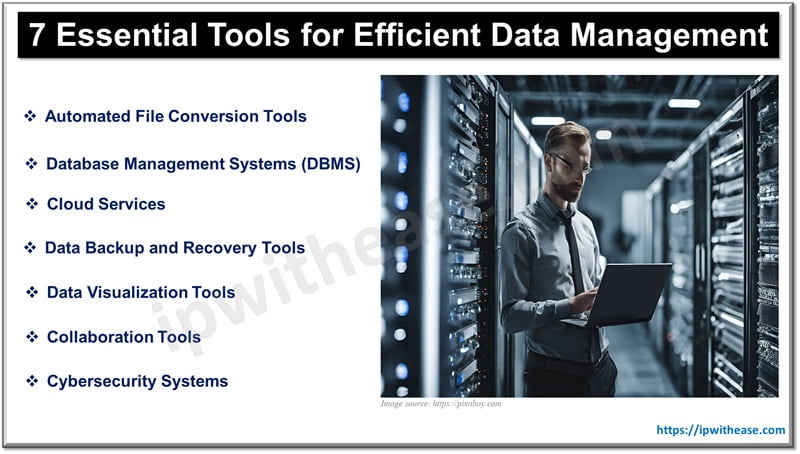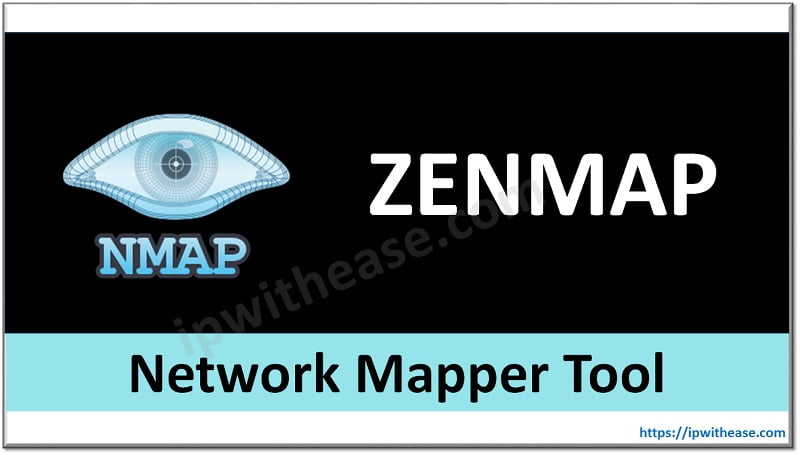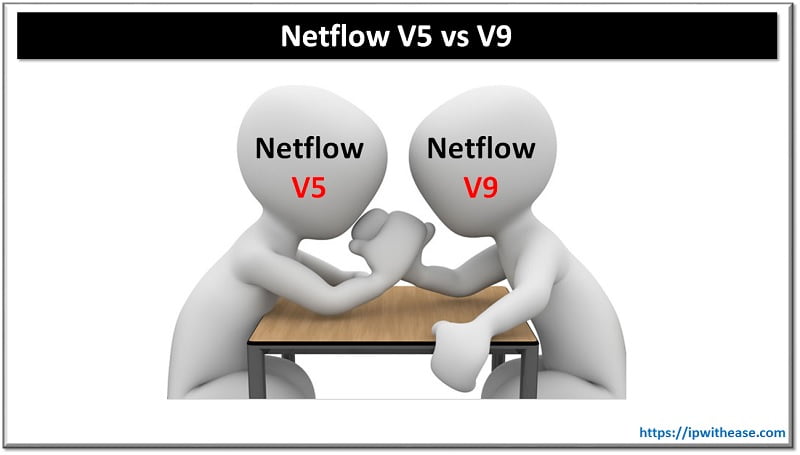Table of Contents
In recent years, the approach to software development has become more flexible and dynamic. Microservices have become a real trend that many companies have chased after. Indeed, this approach has many advantages over monolithic architecture.
Flexibility, scalability, agility – these are all new values in software development. Giants such as Google and Amazon have also moved to microservice architecture. Despite all these facts, there are many opponents of this approach. They argue that the classic monolithic approach cannot be underestimated.
What is a Monolithic Architecture?
Monolithic architecture is a classic approach to software development. All of the application’s functionality is in the same codebase and is deployed as a single file. Besides, code updates are not separately hosted. This is why upgrades make changes to the shared code base and redeploy it.
Pros and Cons of Monoliths
Pros:
- Easier to deploy 1 file;
- With a single codebase, there are no network latencies, so the application works better;
- Monolithic applications provide faster communication between software components as they have a common code base and memory;
Cons:
- Must redeploy the app for any change or update;
- Over time, the codebase grows and becomes more difficult to manage and deploy;
- You are limited in the technology stack – adding new technology could mean rewriting the entire application;
- The need for thorough regression testing when making any even small changes.
What is Microservices Architecture?
Microservice architecture is the most popular software development option today. It represents loosely connected modules that freely interact with each other. Each module is responsible for its own task, and the interaction takes place through the API. Thus, the key difference is that modules can be independently changed and updated without the need to update other blocks. This makes it easier to scale since there is no need to calculate the power in advance.

In a monolithic architecture, components are closely related to each other, there are layers such as business logic, data access layer and user interface for interaction. In a monolithic architecture, the client gains access through the UI to loosely coupled microservices.
Pros and Cons of Microservices Architecture
Pros
- Flexibility in the implementation of new technologies. When changing locally on one of the servers, you do not risk the operation of the entire system;
- Fault tolerance – failure of one unit will not affect the entire system;
- Simplicity – It’s easier for programmers to understand separate blocks of code than a single codebase;
- Fast – the smaller the code, the faster the deployment;
- Scalability – you can easily add or expand the required services without affecting others;
Cons
- It is necessary to carefully build communication between services. Since each element is isolated, it is necessary to correctly configure communication between them in order to exchange requests and responses. The more services there are, the more difficult it is to build a connection between them;
- The more services, the more databases;
- Difficulty in testing – it is necessary to test each service and the interaction between them;
Monolithic vs Microservices: Which approach is best for you?
You should choose a monolithic architecture if:
- If you have a small team or a startup, then the monolith will be able to meet your needs. Microservices are not suitable for use within small organizations because they are unnecessarily complex to use. According to Forbes the whole list of tasks with setting microservices can be overwhelming for a team at the beginning.
- You have no experience with microservices, you do not understand this technology and you will not be able to correctly configure the interaction between modules.
- You have a simple application that doesn’t have much business logic. You don’t need scalability and flexibility.
- You need to get the app up and running quickly to test your business idea and don’t want to spend a lot of money initially.
You should choose a microservices architecture if:
- You have a team of experts in microservices, containerization technologies, and DevOps.
- You have a complex application with advanced business logic that will scale as you develop and add new features.
- Your team has a clear division of responsibilities, each responsible for specific tasks. The system itself can be divided into subject areas.
- You can not only correctly configure the interaction between the blocks, but also understand that the specialists in the teams must be in the loop of the whole project. Effective work requires interaction and well-coordinated work of all teams and departments.
Bottom line
The Monolithic vs Microservices architecture battle continues to this day. Overall, the key idea of this article is to say that even though microservices are trendy, they are not always the perfect choice. Sometimes, it is better to remain true to the classic approach. We hope that now you have a better understanding of both software architecture approaches and can make the right choice.
Continue Reading
What is Cloud Workload Protection Platform (CWPP)?
Microsegmentation vs Zero trust
ABOUT THE AUTHOR
IPwithease is aimed at sharing knowledge across varied domains like Network, Security, Virtualization, Software, Wireless, etc.



